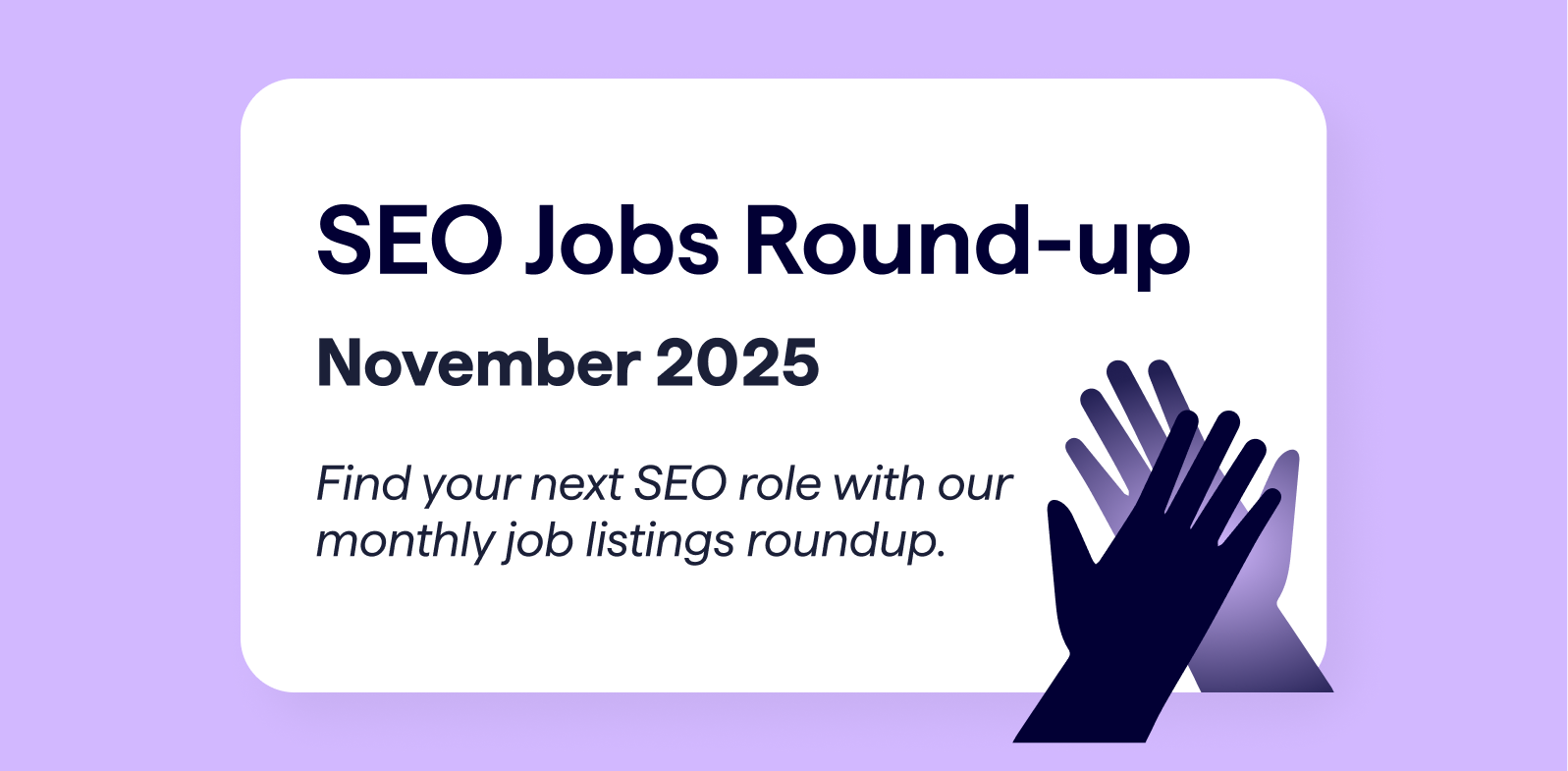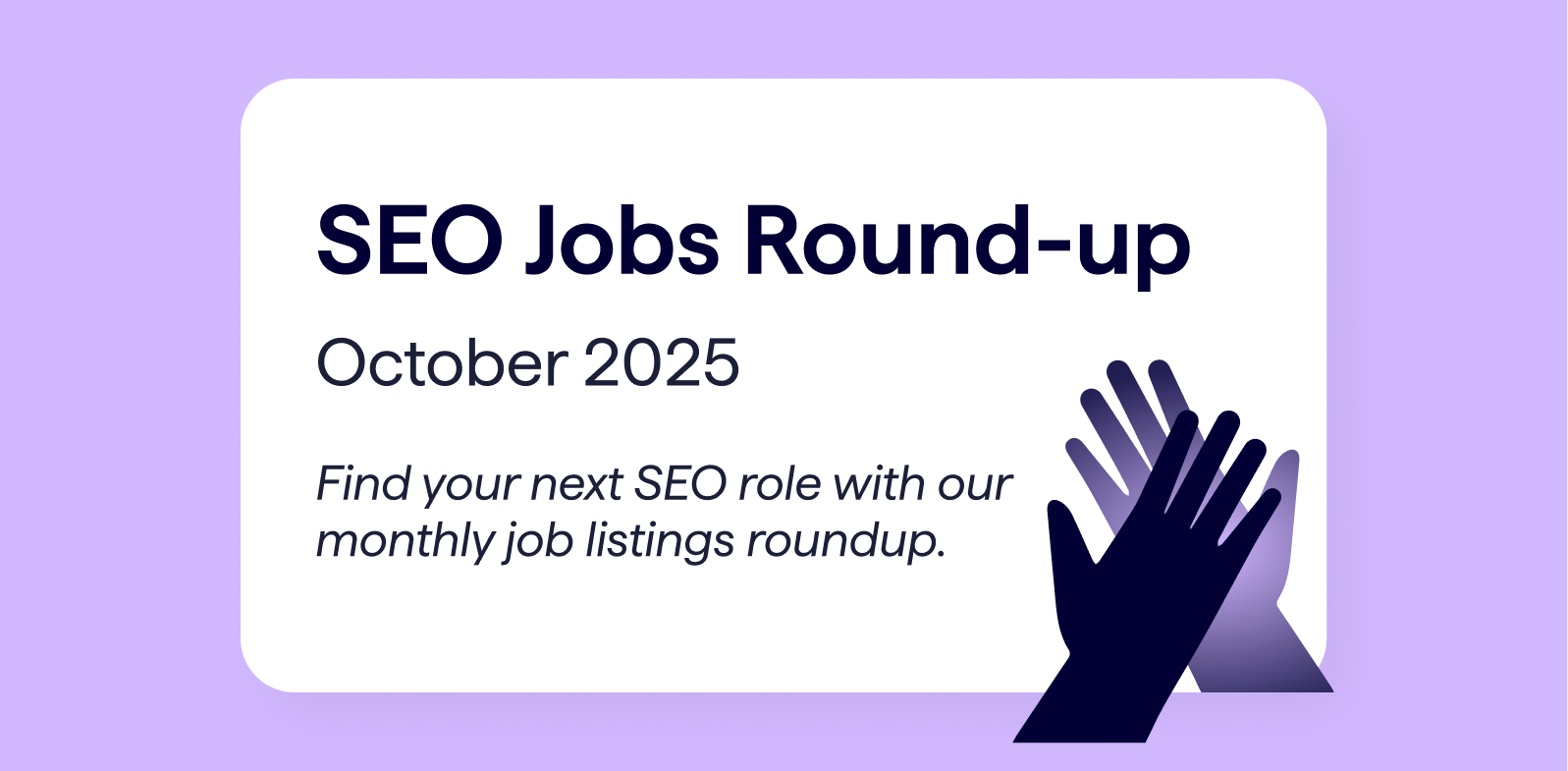Notes from the Google Webmaster Hangout on the 15th of May 2018.
Content Served Via an Escaped Fragment May Not Get Picked Up
If you’re using pre-rendering tools for client-side rendering, make sure they don’t use hashbang with an escaped fragment URL to serve the pre-rendered content as this may not get picked up by Google.
Don’t Target an Explicit Length For Meta Descriptions
John advises against changing meta descriptions based on what’s currently showing in the SERPs as this changes over time and varies for each query. Meta descriptions aren’t used for ranking, they should be relevant and succinct for users.
Avoid Redirecting Users From Mobile Sites to an App
When redirecting from your mobile site to an app, make sure that users are able to access your site’s content normally from the search results. John recommends adding a banner to help users navigate to your app by choice.
Google Doesn’t Do Any Manual SEO Reviews
Google doesn’t perform manual SEO reviews, that’s what the algorithms are for. Sites will be judged as a whole as they stand now, rather than looking at which site implemented which change first, for example.
Hreflang is Only Needed When the Wrong Language URLs Are Being Shown
If you don’t see the wrong country URLs appearing for users searching with a specific language, then it’s not necessary to add hreflang to those pages.
Pages With ‘Submitted URL Not Selected as Canonical’ Message in GSC Won’t be Indexed
If you see the ‘Submitted URL not Selected as Canonical’ message for a URL in Google Search Console, that means the page isn’t being indexed.
Google Will Crawl Sitemaps That Have Been Removed from GSC
It’s not enough to remove an old sitemap file from GSC to prevent it from being crawled, you need to remove it from the server to prevent Google from finding and crawling it. John recommends fixing the sitemap file if possible though.
Google Doesn’t Cache Pages With Server Errors
Googlebot doesn’t cache pages which return a server error, so it wouldn’t be possible to see what Googlebot saw in the GSC errors report.
Meta Tag Directives Won’t Work for Redirects
Google needs to be able to access a page in order to pick up its meta tags such as noindex, which is impossible if a redirect is in place. Pick either ‘noindex, nofollow’ or a 301 redirect for unwanted content.
Googlebot Can’t Index Content on a Page With an Interstitial
Googlebot can’t get past interstitials to the content beyond by clicking any links or the close button, and will try to index the content of the interstitial instead. John recommends serving an intestitial overlay using JavaScript so your content can still be accessed.
Use ‘Validate’ Option In The New Search Console to Get Pages Recrawled
You can get Google to crawl your pages again if you go to the indexing report in the new Search Console and request the issues to be validated, where Google will recrawl these pages to check they’ve been fixed.
Data-alt Attributes Have No Impact on Image Search or Regular Search
With regard to images, data-alt attributes are used more for lazy-loading and giving other information for images from scripts, but this isn’t used for indexing in any way.
Parameter Handling Signals Are Stronger Than the Canonical Signal
Google won’t blindly follow URL parameter handling set in GSC, but John says that this is a stronger signal than using canonicals.
GDPR Won’t Affect the Data You Get from Google Search Console
You’ll still be able to see the same data in GSC after GDPR comes into effect because it uses aggregate data rather than having any data tied to individual users.
Relevance is the Primary Factor For Showing Featured Snippets
The main factor for deciding what to show in featured snippets is relevance. Things like authority aren’t taken into account.
Google Doesn’t Take Links Shared on Social Media Into Account
Links shared on social media are automatically nofollowed.
Don’t Have ‘Near Me’ in Your Content for Location-based Queries
Adding ‘near me’ to your content makes no sense for location-based queries. The best way to optimise for local search is marking up your address on your site and setting up a Google My Business page to help Google understand where your company is based.
Use the NoScript Tag or Markup for Lazy-loading Images
Add a NoScript tag to lazy-loading images or mark them up with structured data to help Googlebot process them.





